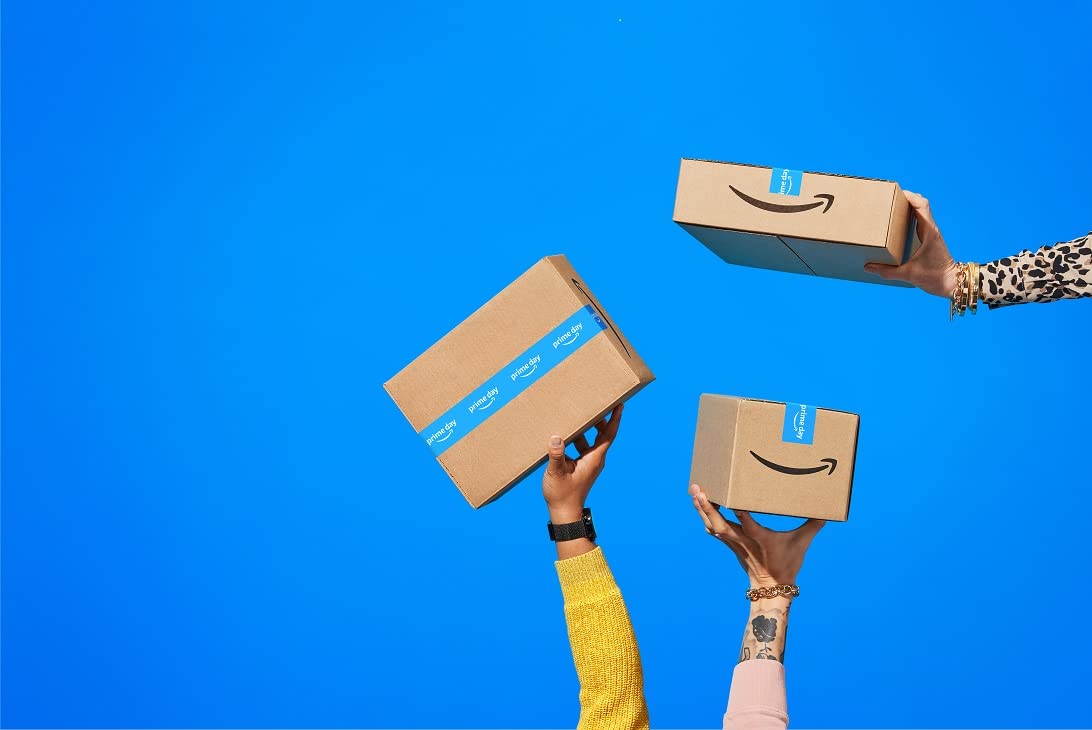RESOURCES
Five Tips To Prepare Your Brand For Amazon Prime Day
Amazon Prime Day has become a widely known shopping event in the U.S. It can drive a significant increase in traffic and sales to brands that sell on the platform. To take full advantage of this opportunity, brands need to prepare for the July event ahead of time. Based on the work we do in helping clients position themselves on the Amazon marketplace, here are five tips to prepare your brand for Prime Day:
Leverage creative assets and optimize your catalog.
When optimizing brand content, consider copy -- titles, bullet points and back-end keywords. These elements aren’t effective if they aren’t aligned with Amazon best practices. In that sense, it’s important to understand how SEO on Amazon is different than Google and other platforms. For example, you should focus on discoverability and optimize copy through keywords, but it's also important that copy converts on Amazon. This will influence sales velocity and improve keyword ranking. Another Amazon optimization element that shouldn't be overlooked is back-end fields. It's important that back-end fields are always filled out correctly because they tie directly to the left-sidebar filters that shoppers use to search the platform.
Optimizing your brand’s creative presence is also important and isn’t simply accomplished with good-looking images. It’s important to approach creative strategically and across the platform. Strategic design can be used to showcase products and ensure the consumer has the necessary information to make an informed purchase.
Here are areas where creative makes a difference on Amazon and how you can begin to optimize each:
Custom Product Images
• Add an icon to the main product image, which adds substance to the white background.
• Use lifestyle visuals to show the product in action.
• Show the product in a setting to demonstrate how it could be used or should look while in use.
• Include a feature callout on an image to draw attention to important information or instructions for use.
• Use a background with a color or pattern and a statement overlay to catch the shopper's attention.
Amazon Stores
• Stores are a way for brands to present themselves on Amazon as they would on a company website.
• Stores should be optimized for mobile.
• Store experiences should be customized using a template and custom images.
• The "front" of a store should feature a brand’s high-converting products.
Optimized copy and creative assets are especially important ahead of Prime Day to help brands stand out and catch the attention of shoppers.
Be strategic with promotions.
To capture the value of added traffic during Prime Day, brands should align campaign bids and budgets beforehand. It’s typical for bids and costs per click to rise significantly during this time frame, causing budgets to exhaust faster. Being on top of the bidding budget will prevent it from running out and shutting off important promotional efforts prematurely.
Before Prime Day, you should also test ad copy, groupings and images at least 30 days ahead of time to explore what converts best for your products. Keep in mind, as a best practice, to test one element per ad test at a time to best evaluate variables.
Back up your advertising efforts.
Ahead of Prime Day, it's important for brands to consider which products will be supported with advertising. Once you make this determination, you must ensure there is enough inventory to supplement an influx of orders. Brands that operate via Seller Central or a hybrid model (Vendor plus Seller) can safeguard from stock-outs by sending additional inventory into Amazon or fulfilling directly.
Prepare for day-of possibilities.
Brands need to be agile and ready to adjust when Prime Day rolls around, as well as the days following the event. While preparation is important, it’s also vital to be ready to identify and resolve any issues as soon as possible. For brands working within Fulfillment by Amazon (FBA), keep an eye on fast-selling products and look out for potential account payment failures or order fulfillment bottlenecks.
Also, monitor daily budgets and confirm they're large enough to keep ads running throughout Prime Day. If click-through rates are low, increase bids to improve position on the page. Prime Day is a real-time adventure, and the ability to make quick adjustments will help brands keep up with the pace of shoppers and competitors.
Maintain Prime Day momentum.
If Prime Day wasn’t as successful as expected, it’s important to note that it takes time for Amazon to report Prime Day sales data. Either way, once the event is over, brands can continue the momentum by implementing several tactics.
For example, it’s important to continue to advertise core products to capitalize on any increased sales velocity established during the event. Similarly, you can capitalize on increased traffic by running demand-side platform (DSP) remarketing. Perhaps most importantly, pull as much data as possible from this period. Analyze what worked and what didn’t so next year’s Prime Day can be even more impactful.
Over the past four years, Prime Day has reported an impressive increase in sales. In 2018 alone, it resulted in an estimated $4.19 billion in sales. Brands have the opportunity to reach more than 100 million global Prime subscribers in a short period of time if they have the tools they need to succeed. Prepare your brand to make the most of this exciting event with these five tips.
This post was originally published via Forbes. If your brand needs any support for Amazon Prime Day, or throughout the year from a strategic partner, schedule a free consultation. As always, we're here to answer any questions.
SIGN UP FOR OUR WEEKLY NEWSLETTER

News, Views, and Valuable Resources
Delivered to Your Inbox Each Week




